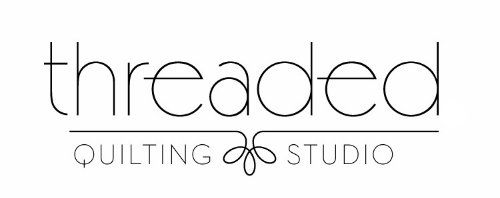Hellllllllllllo, Club 129! How is it going?
Another week down! In the first three weeks, we've made four 16" and two 12" No Y Seam Feathered Star blocks.
Here are the details if you're just now joining us:
This week we are taking a little bit of a departure. We will each become a well-oiled HST-making machine!
Go ahead and cut everything in the Borders & Bonus Stars cutting section, even though we will not use all of the fabrics this week. If you've printed the the Feathered Star QAL pattern, you can find the cutting details on p. 5.
As for the sewing assignments this week, the first is to complete the instructions on the bottom of p. 8 under the Inner borders section. Don't worry, it's two tiny seams and some trimming. Piece of cake!
Job #2 for Week Four is to complete the HST assembly steps on p. 9. That's significantly more work! In fact, it's the bulk of this week's work.
We will be using the Magic 8 method for making half-square triangles as detailed in the pattern. I just wanted to mention here that the HSTs are intended to be a little oversized and trimmed down to exact specifications.
As you're sewing the larger squares together, try to align the outer edges as best as possible, but don't worry if they end up like the next photo. I don't pin the squares together or go to any other heroic measures, the trimming step will make them perfect!
I set my stitch length is a little shorter (2.2) than what I normally use to discourage unraveling after all the cuts are made.
Stacks on stacks!
The third and final part of Week Four is to construct the pieced borders according to the instructions on p. 10 of the Feathered Star QAL pattern.
I also want to look ahead to next week - July 23. We will be taking a one-week intermission to give everyone a chance to catch up. I wanted to mention that now in case you'd like to spread the HST and border-making jobs out over the next two weeks.
Week Five instructions will resume on July 30.
Join our Facebook group to connect with other QAL participants!
























